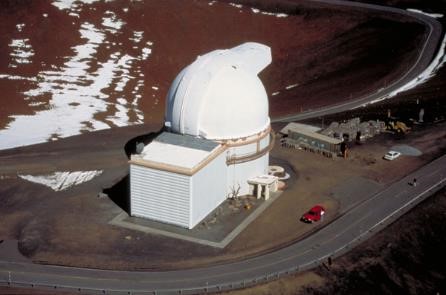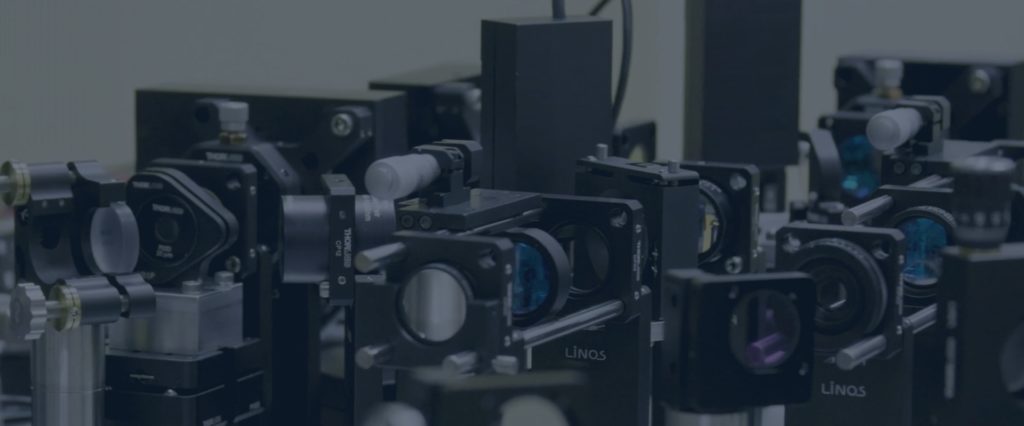I attended the SPIE Astronomical Telescopes and Instrumentation event in Austin, Texas recently and while I enjoyed the music and incredible bar-b-que, I thought it might be a good idea to summarize what I learned and the most interesting things mentioned about adaptive optics research.
Exoplanet research is alive and well
I am happy to say this. We have been developing bigger and better mirrors for both ground-based and space-based telescopes here at BMC and they are targeted specifically for this use.
Here are the programs which I heard the most about last week:
Our 2K-DM will be shipping soon to the folks at the Magellan Telescope working on MagAOX, their planet-finding instrument. And, we have been discussing the design of gthe next generation instrument for the Giant Magellan Telescope, GMagAOX, which includes no less than seven 3K-DMs totaling over 21,000 actuators to be used for an order-of-magnitude higher level of control. Logo Credit: Kyle Van Gorkom, University of Arizona
While I am sad to see the Gemini Planet Imager instrument mission end at the Gemini South Observatory (which includes our 4K-DM), I am excited for the next phase that is set to begin at Gemini North in Hawaii. The location study is ongoing and will yield which components will get an upgrade. While I am always excited about delivering a newer, better DM, I am proud of the performance of the 4K-DM and would be just as happy if that workhorse kept on running!
SCExAO just keeps on going. That is all.

Seriously, though. The expected science yield from this instrument is extremely exciting and I look forward to seeing more images in the near future! Check out their site here. Image credit: Olivier Guyon, University of Arizona
Finally, on the space-based front, Habex and LUVOIR designs are in motion and both are baselining BMC’s technology for the final design. Click the link here to see a recent article about AO and see a picture of the layout of our biggest mirror, the 8K-DM. I have a quote 😊.
Don’t forget about all of the other science!
There is so much else going on and I couldn’t possibly list it all. Work at Lawrence Livermore National Labs is ongoing to develop an extremely low latency AO system called “LLAMAS.” Small(ish) telescopes are utilized as well to do some amazing data collection. I would be remiss if I didn’t mention Robo-AO which is now in the process of moving from Kitt Peak to the UH88 telescope in Hawaii. And, Robo-AO2, otherwise known and the Rapid Transit Surveyor, is in the midst of design and build and will be online soon.

Rapid Transit Surveyor. Image Credit: Christoph Baranec
Final thoughts
The astronomical instrumentation field is alive and well and adaptive optics has become an integral part of almost all of the major installations in service, being built or being designed. We are excited for the field and especially proud to be involved in the programs that required our high speed, high resolution devices to push science forward!
Check more
Related Articles

Defense TechConnect Conference and Expo: Fun in the Sun with the MRR
Last week I was fortunate enough to be able to parade BMC’s Modulating RetroReflector (MRR) in front of multiple audiences affiliated with the Defense community at the Defense TechConnect (DTC) Conference and Expo in Tampa, Florida.
# Conferences and Events 11.01.2018
Read more
MiFoBio 2018: AO Microscopy in Action
Recently, Boston Micromachines sponsored MiFoBio (Functional Microscopy in Biology), an event that brought together the microscopy community, academics and professionals alike, to attend courses and workshops that explored the understanding and current trends of biological imaging.
# Conferences and Events 10.16.2018
Read more

